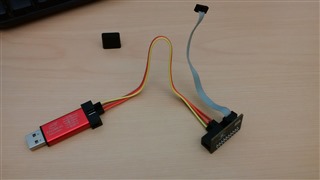Hi Folks,
We have 6 factories that will be programming custom boards that use the nRF52832. I'm one of the software developers and have been using a dev kit to program and debug the boards.
We want to now create a commissioner for the board and want to use something more "factory ready" for programming the boards via the JTAG port other than a development kit.
I've looked at: https://www.segger.com/products/debug-probes/j-link/models/model-overview/ And all the options seem to be an order of magnitude more expensive than the DK. (Except for the education units which are off limits to us since we don't qualify.)
Has anyone found a programmer that is under $100? Seems silly that there isn't one available. (The factory workers don't need debug capability.)
thanks,
Bob




